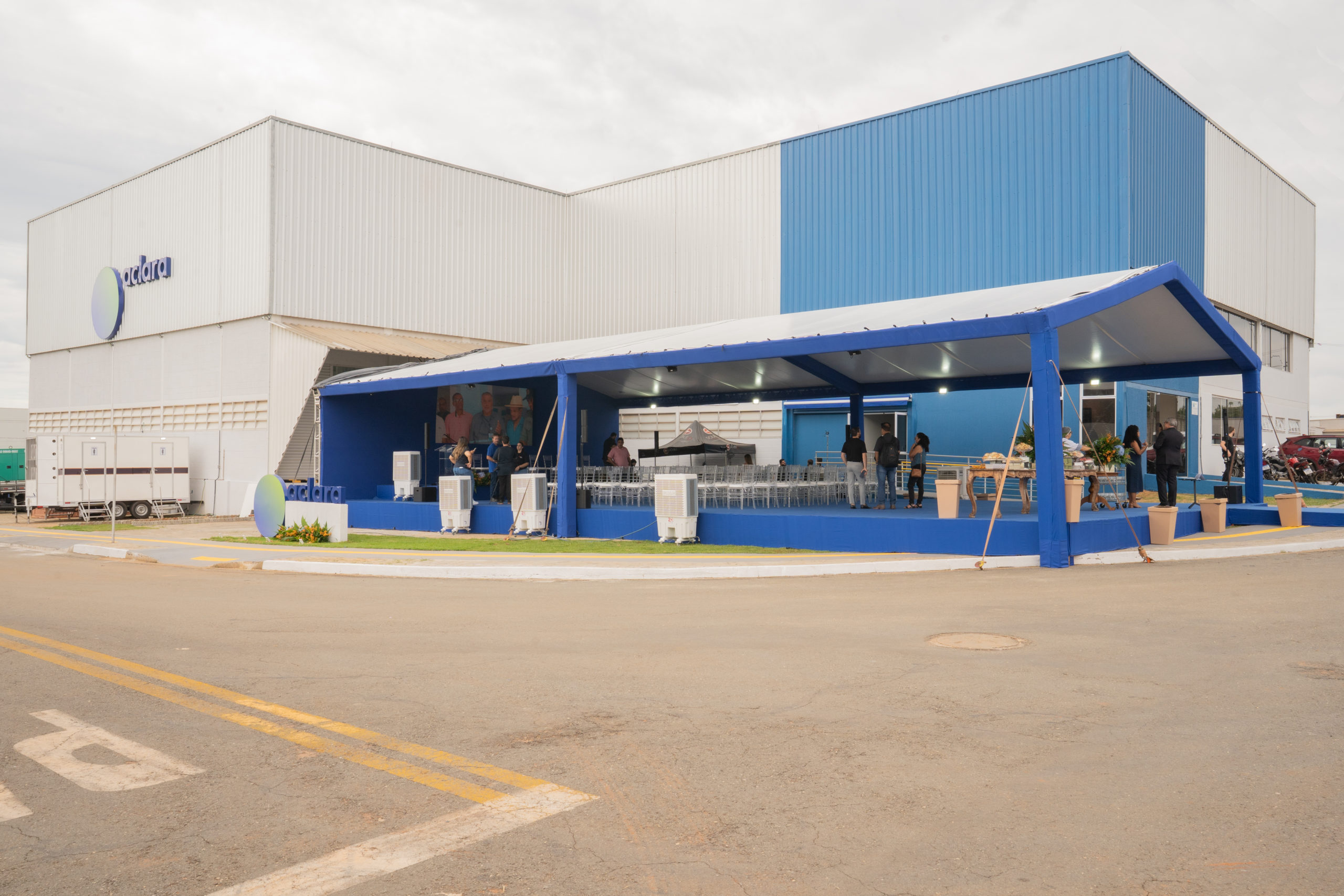Alphamin Intersects high grade tin, silver, zinc and lead with diamond drilling at its Bisie tin project, Democratic Republic of the Congo
Highlights
– Results received for first four holes at Bisie
– Mineralisation within 2 discrete zones:
— an upper silver, zinc, lead zone
— deeper tin, copper, rare earth element zone
– Significant results include:
— 25.85m @ 2.26% Sn including 5.8m @ 8.55% Sn
— 12m @ 3.15% Sn including 3m @ 6.14% Sn
— 19m @ 197g/t Ag
— 17.8m @ 14.11% Zn including 13m @ 18.08% Zn
— 14.75m @ 10.82% Pb
– Tin zone better developed in northern target area (Gecomines)
– Silver, zinc, lead zone better developed in the southern target area (Golgotha)
– Four additional holes completed. Results pending
– Mineralisation potentially over 1,500m, open to north, south and at depth
– Soil sampling commenced along the 9km ridge which hosts Bisie
VANCOUVER, BRITISH COLUMBIA–(Marketwire – Sept. 17, 2012) – Alphamin Resources Corp. (TSX VENTURE:AFM) (“Alphamin” or the “Company“) is pleased to announce results from the first four diamond drill holes completed on its wholly owned Bisie Tin Project (Bisie Project) in east central Democratic Republic of Congo (DRC). Drilling identified significant grades and widths of tin mineralisation at Bisie and also discovered high grade silver, zinc and lead mineralisation.
The Bisie Project is located within the Walikale District roughly 140 km west-northwest of the regional centre of Goma in one of the world’s principal Precambrian orogenic-metallogenic provinces. Tin was first discovered at Bisie in 2004 and was mined by artisanal miners from two main target areas, Gecomines and Golgotha shown in Figure 1 located along 1.5km of a ridge which continues for more than 9km.
Two drill holes (BGC001 and BGC002) were completed at Gecomines where artisanals mined a 20m x 8m high grade chute down to 80m below surface and two holes were drilled at Golgotha where a number of narrow high grade quartz-cassiterite veins were mined. Although conceptual in nature since insufficient exploration has been done to define a mineral resource grades of 50-95% SnO2 (tin oxide – cassiterite) were reported from the high grade chute at Gecomines.
The initial drilling programme was designed to test 700m of delineated tin mineralisation down to 100m vertically below surface and will be stepped out at 100m intervals thereafter to define the true strike extent of the zone. To date nine holes for 1,145m (including one redrill as the original hole had to be abandoned) have been completed. Samples from the remaining boreholes have been submitted to ALS Chemex laboratory in Johannesburg with results expected in October.
Results from BGC001-2 and BGH001-2 are shown in Tables 1-8 and in Figure 1. BGH002 was stopped short of reaching the zone of tin mineralisation since the hole collapsed and had to be abandoned. Reported widths of mineralisation are quoted as downhole intersections. True mineralisation width is approximately 80% of reported intersection lengths.
Drillhole BGC001 reported 12m @ 3.15% Sn from 53 m, 3m @ 6.14% Sn from 80m and 10m @ 0.19% Cu from 53m. BGC002 drilled 100m to the north reported 25.85m @ 2.26% Sn from 47.65m including 5.8m @ 8.55% Sn and 9.4m @ 1.01% Cu from 67m including 3.5m @ 2.15% Cu. The tin and copper mineralisation appears to be strata bound and is hosted in strongly chloritic schists with sporadic garnetiferous layers. Tin mineralisation generally occurs as massive pink cassiterite in bands which vary from 5mm – 0.4m thickness while chalcopyrite veins and elongate blebs lie parallel to the foliation.
Drillhole BGH001 reported 27.1m @ 0.88% Sn from 106.85m; 4.75m @ 1.22% Sn from 144.8m; 19m @ 197ppm Ag from 61m; 17.8m @ 14.11% Zn from 61m; 14.75m @ 10.82% Pb from 61m; 7.85m @ 0.54% Cu from 109.65m; 10.1m @ 1,042ppm Ce (REE) from 161.9mand 6m @ 531 ppm La (REE) from 80m. BGH002 was stopped short of the main zone of mineralisation and only reported 3m @ 0.69% Snfrom 90m and 3m @ 2.00% Zn from 85m. The Pb, Zn, Ag zone of mineralisation occurs within mica schists and is associated with massive pyrite and pyrite bands.
Although the thickness and grade of mineralisation varies, the style of mineralisation for each of the Sn/Cu and the Ag/Zn/Pb zones remains consistent. The Sn/Cu zone is well developed at both the Gecomines and Golgotha target areas while the Ag/Zn/Pb zone is better developed to the south at Golgotha. Landsat interpretations over the prospect area suggest a certain degree of structural complexity where a number of east-west structures trend perpendicular to the mineralized zone and are likely to offset the mineralized zones along the structure.
The Company has also commenced soil sampling along the 9km ridge which hosts the Bisie deposit. To date 600 samples have been collected on lines spaced 200m apart with samples collected every 50m. All samples will be dried and sieved to -2mm and then -180 micrometer before being analysed on site using the Niton hand held XRF analyser.
Lars Pearl, a qualified person under National Instrument 43-101, has verified technical data disclosed in this release.
ON BEHALF OF THE BOARD OF DIRECTORS
Cosme Maria Beccar Varela, President and CEO
CAUTION REGARDING FORWARD LOOKING STATEMENTS
Information in this news release that is not a statement of historical fact constitutes forward-looking information. Such forward-looking information includes statements regarding the Company’s planned exploration programs. Actual results, performance or achievements of the Company may vary from the results suggested by such forward-looking statements due to known and unknown risks, uncertainties and other factors. Such factors include, among others, that the business of exploration for tin and other precious and base minerals involves a high degree of risk and is highly speculative in nature; few properties that are explored are ultimately developed into producing mines; geological factors; the actual results of current and future exploration; changes in project parameters as plans continue to be evaluated, as well as those factors disclosed in the Company’s publicly filed documents.
There can be no assurance that any mineralisation that is discovered will be proven to be economic, or that future required regulatory licensing or approvals will be obtained. However, the Company believes that the assumptions and expectations reflected in the forward-looking information are reasonable. Assumptions have been made regarding, among other things, the Company’s ability to carry on its exploration activities, the sufficiency of funding, the timely receipt of required approvals, the price of tin and other precious and base metals, that the Company will not be affected by adverse political events, the ability of the Company to operate in a safe, efficient and effective manner and the ability of the Company to obtain further financing as and when required and on reasonable terms. Readers should not place undue reliance on forward-looking information.
Alphamin does not undertake to update any forward-looking information, except as required by applicable laws.
NOTES -DRILLING
Drilling results are quoted as downhole intersections. True mineralisation width is approximately 80% of intersection length for all holes. The reported grades were determined using a cut-off grade of 0.1% Sn, 1g/t Ag, 0.1% Zn, 0.1% Pb and 0.1% Cu to select significant and anomalous intersections, with a maximum of 3m internal dilution being incorporated into the composite where appropriate. A top cut of 60% was applied to Sn, 30% to Zn and 20% to Pb.
Half core samples for drillholes BGC001-2 and BGH001-2 were submitted to accredited ALS Chemex laboratory in Johannesburg where samples were analyzed using ME-XRF05 conducted on a pressed pellet with 10% precision and an upper limit of 10 000ppm. Over limit samples were sent to Vancouver for ME-XRF10 which uses a Lithium Borate 50:50 flux with an upper detection limit of 60% and precision of 5%. ME-ICP61, HF, HNO3, HCL04 and HCL leach with ICP-AES finish was used for 33 elements including base metals. ME-OG62 a four acid digestion was used on ore grade samples for Pb, Zn, Cu & Ag. Holes BGC001, BGC002 & BGH001 were also assayed for Au using fire assay on 30g samples with AAS finish. Industry accepted QA/QC checks were applied including use of duplicates and standards.
To view the figures and tables associated with this release, please visit the following link:http://media3.marketwire.com/docs/1917min.pdf.
Neither the TSX Venture Exchange nor its regulation services provider (as that term is defined in the policies of the TSX Venture Exchange) accepts responsibility for the adequacy or accuracy of this News Release.
Contact Information
- Alphamin Resources Corp.
More News
{{ commodity.name }}
{{ post.title }}
{{ post.date }}



Comments